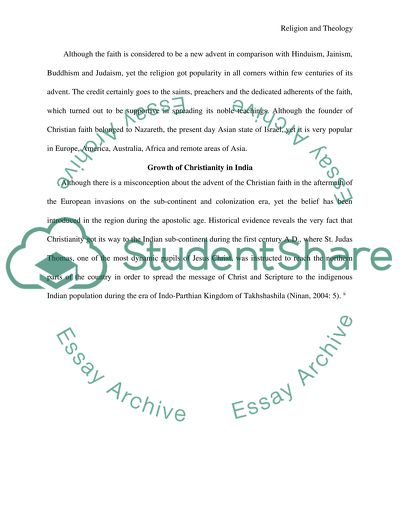Cite this document
(“Growth of Contemporary Christianity Research Paper”, n.d.)
Retrieved from https://studentshare.org/religion-and-theology/1450340-growth-of-contemporary-christianity
Retrieved from https://studentshare.org/religion-and-theology/1450340-growth-of-contemporary-christianity
(Growth of Contemporary Christianity Research Paper)
https://studentshare.org/religion-and-theology/1450340-growth-of-contemporary-christianity.
https://studentshare.org/religion-and-theology/1450340-growth-of-contemporary-christianity.
“Growth of Contemporary Christianity Research Paper”, n.d. https://studentshare.org/religion-and-theology/1450340-growth-of-contemporary-christianity.


